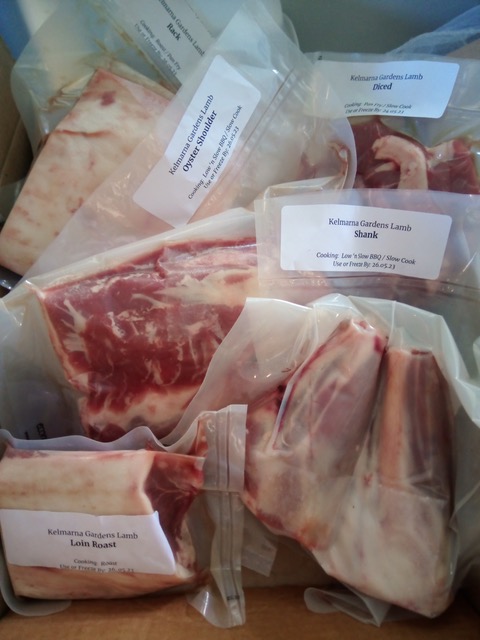FARMING ANIMALS
The food we choose to eat, and the way that it is grown has a huge impact on our planet, in terms of greenhouse gas emissions, biodiversity, and the health of our soils and waterways
The vast majority of our food globally, both plant-based and animal-based, is grown in ways that are having a devastating impact in all of these areas.
The role of animals in agriculture in particular has become one of the most important, complex, and contested environmental issues of our time, and therefore needs continued, informed discussion.
Read on to find out more about:
- Why raising animals forms part of our work at Kelmarna
- How we approach this to produce the best outcomes
Why we raise animals
Good and bad farming, not good and bad foods
Much of the current discourse about sustainable diets (in popular media at least), is framed around particular food types that are deemed either “sustainable” or “unsustainable”.
In our view there aren’t “good” or “bad” foods, when it comes to the earth, because there aren’t “good” or “bad” animals or plants – there are just many different ways of producing or harvesting every kind of food, some of which are extremely damaging and others of which are sustainable or even beneficial to the wider environment.
The reality is that almost every type of food that you buy from the industrial agriculture system (most of what you find at the supermarket) has negative impacts on people, communities, and natural ecosystems. Industrial agriculture is dependent on fossil fuels, synthetic fertilisers, and pesticides to maintain production, and is responsible for devastating impacts ranging from topsoil erosion and desertification from ploughing, to polluted waterways from intensive animal operations, to plummeting insect populations from insecticide use.
This is as true of fruits, vegetables, and grains, as it is of meat or fish. The harms may be different, but they are all harmful. It is the system of production that is in question.
For us, the answer is not in boycotting certain food groups, and choosing different food items from within the industrial agriculture system, but in transforming or replacing every aspect of industrial agriculture, in favour of a community-connected, environmentally-regenerative food system that supports the health of citizens, growers, and our land at the forefront.
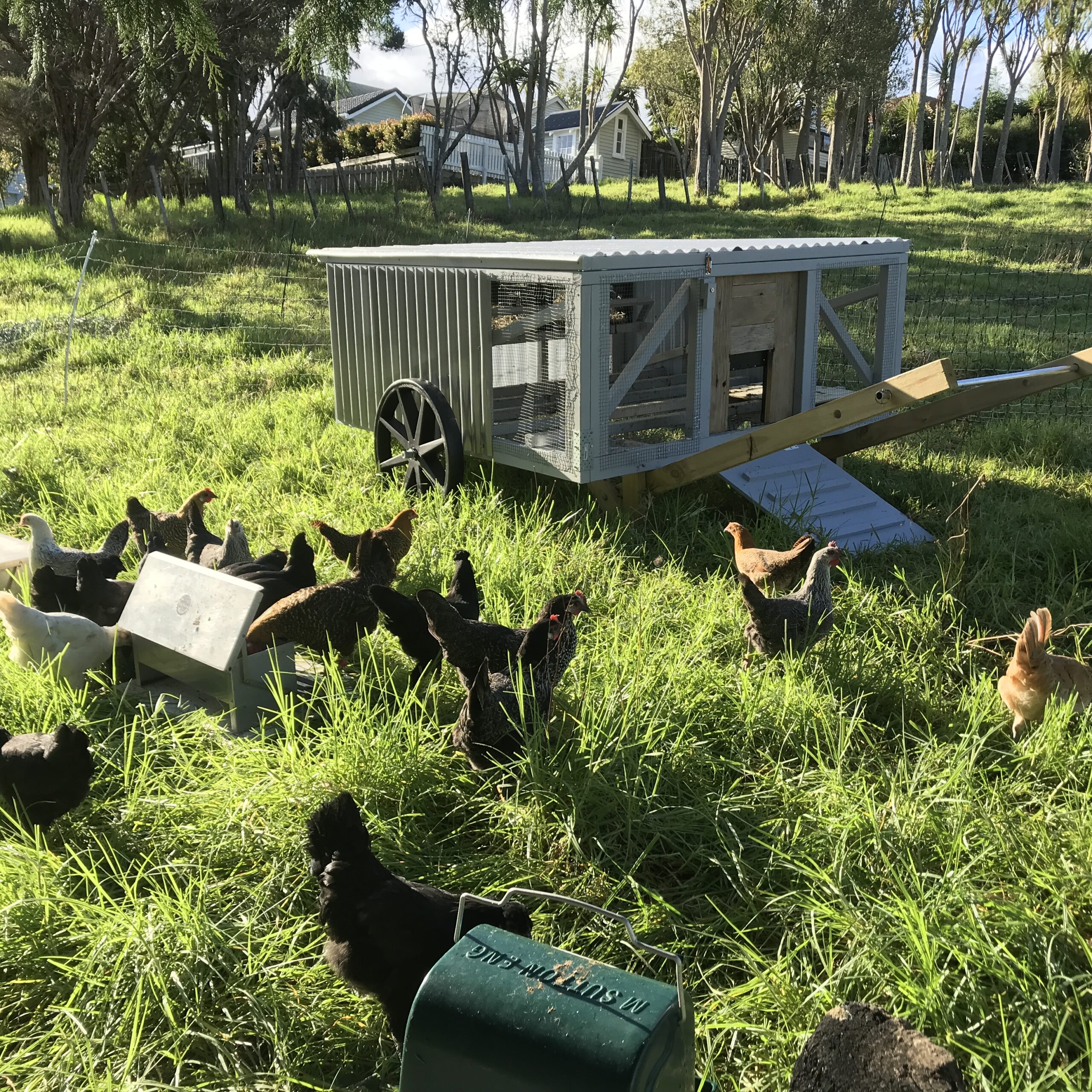

Reconnection to our food
A core part of Kelmarna’s mission is to rebuild connections between Aucklanders and the food we eat.
For 97% of New Zealanders, this includes meat to some degree, but increasingly, our urban populations are totally disconnected from the processes involved in farming animals.
Changing our food system has to involve more than just fruit and vegetables. At Kelmarna, we have a unique opportunity amongst Aotearoa’s urban farms to manage a large enough piece of land to demonstrate more diverse food and farming practices.
By showing and teaching our communities about what is involved in raising animals for meat, we can help people to make more informed decisions when it comes to choosing what they eat, and ask themselves better questions about their eating habits:
- “If it takes X area of land and Y months to raise this animal, producing Z quantity of meat, is it reasonable that I eat meat 1/2/3 times per day?”
- “If I only buy steaks, what happens to the rest of the animal? What does this mean for my farm footprint?”
- “What difference does it make if I buy grass-fed vs grain-fed meat?”
Whatever informed decision people then make about if, or how often, they choose to eat meat, and where they choose to source that from, greater transparency in our food system can only be a good thing for everyone involved.
Produce no waste
For most of the last 10,000 years, humans and animals have lived in close proximity (and still do in many parts of the world), with households keeping a pig or a few chickens to make use of any spoiled food.
Animals and plants play different and complementary roles in nature, and both are essential parts of every ecosystem, with the outputs of one producing inputs for the other, and vice versa, in a complex food web.
It is only with urbanisation that we have broken this local food loop and started sending food scraps to landfill, while at the same time expending significant resources to grow feed for animals.
As well as eating crop residues from the gardens, three cattle at Kelmarna consumed more than 10 tonnes of landfill-bound fruit and vegetable scraps from local greengrocers in one year – a far easier and more efficient way of returning potentially-wasted resources to food production than composting it all (we know, because we do this as well through Soil Factory). This prevented methane emissions of around 19,760kg Co2-e, more than off-setting the methane produced by the cattle themselves in the same time period, estimated to be around 6,900kg Co2-e.
In this way, more integrated livestock can play a valuable role in wider society’s transition back from a linear to a circular economy.
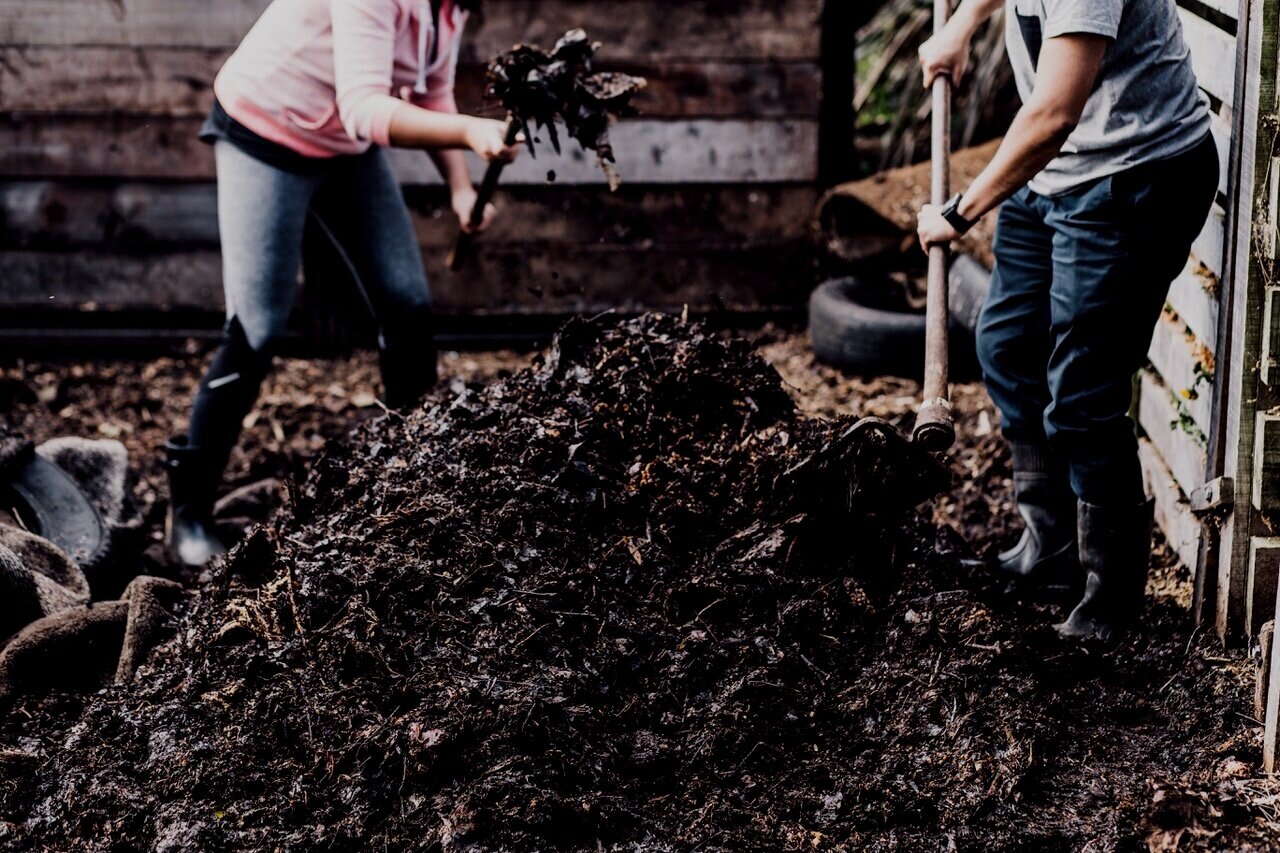
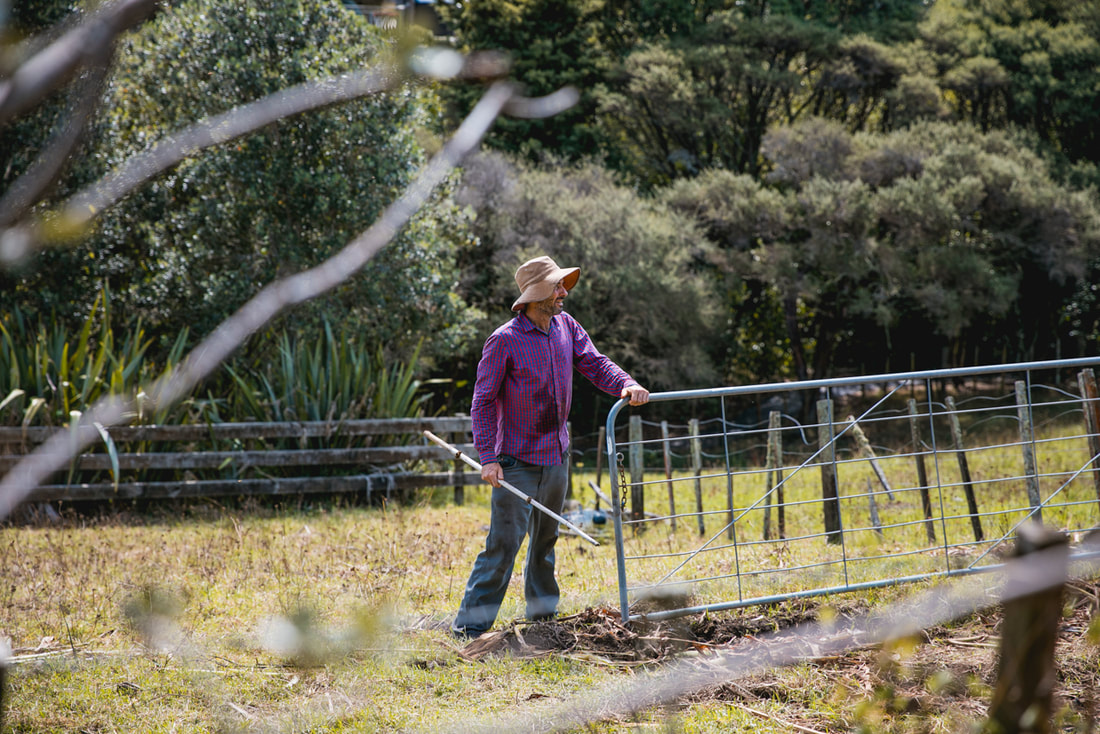
Mixed farming, our past and our future?
It is widely agreed upon that a shift to a plant-rich diet (especially in developed countries) is an important aspect of reducing our food-related emissions. Mixed farming systems such as that demonstrated at Kelmarna, where plant crops (grown using regenerative methods) are the primary output, and animals play a secondary and complementary role, will play an important role in shifting our diets to include less meat, of better quality and produced in more sustainable ways.
While we believe that mixed farming frequently offers the most opportunities for sustainable and regenerative farming, it is also important to note that there is no single farming system that is the “best” and should be rolled out across all farms, and attempts to force certain crops onto unwilling land are likely to lead to disappointment.
The sustainability (and overall wisdom) of farming particular crops is highly dependent on context – the land, climate, topography, soil type, water availability, and human and financial resources of a particular farm.
In Kelmarna’s case, we feel confident that the balance of operations set out in our Paddock Development Plan is the most practical and impactful way for us to farm and steward this land in our physical, environmental, and social context, at this moment in time.
How we raise our animals
Health of the whole system
Our approach to producing food centres around maximising the health of the ecosystem, from soil health to plant health to animal health and human health, and our management approach starts with the 5 principles of soil health:
- Limited disturbance. Limit mechanical, chemical, and physical disturbance of soil.
- Soil armour. Keep soil covered at all times.
- Diversity. Strive for diversity of both plant and animal species.
- Living roots. Maintain a living root in soil as long as possible throughout the year.
- Integrated animals. Nature does not function without animals.
These are the same principles that we work hard to adhere to in our vegetable beds, involving complex management, but which are more easily achieved with the mix of perennial plants that make up our permanent pasture.
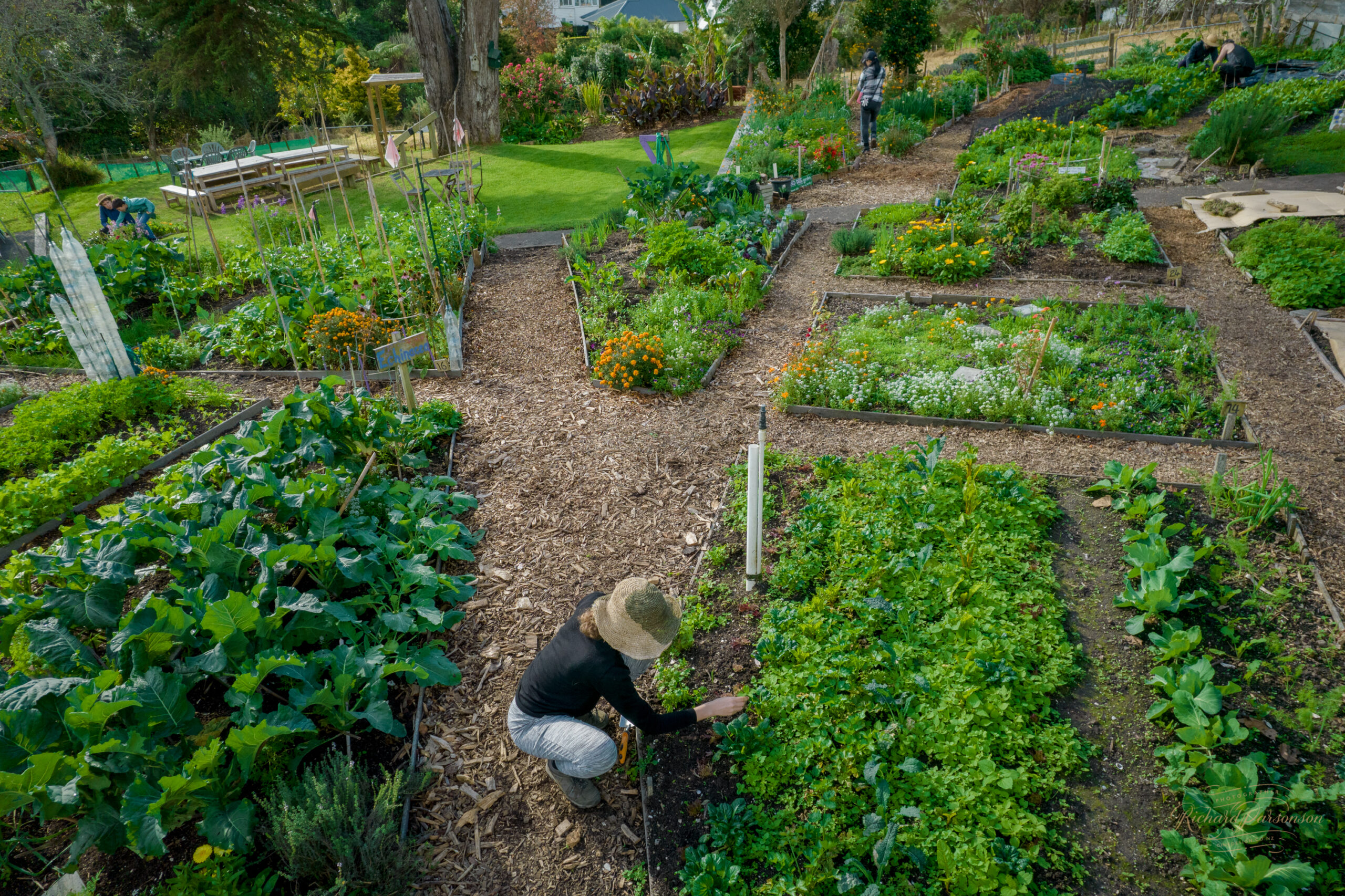
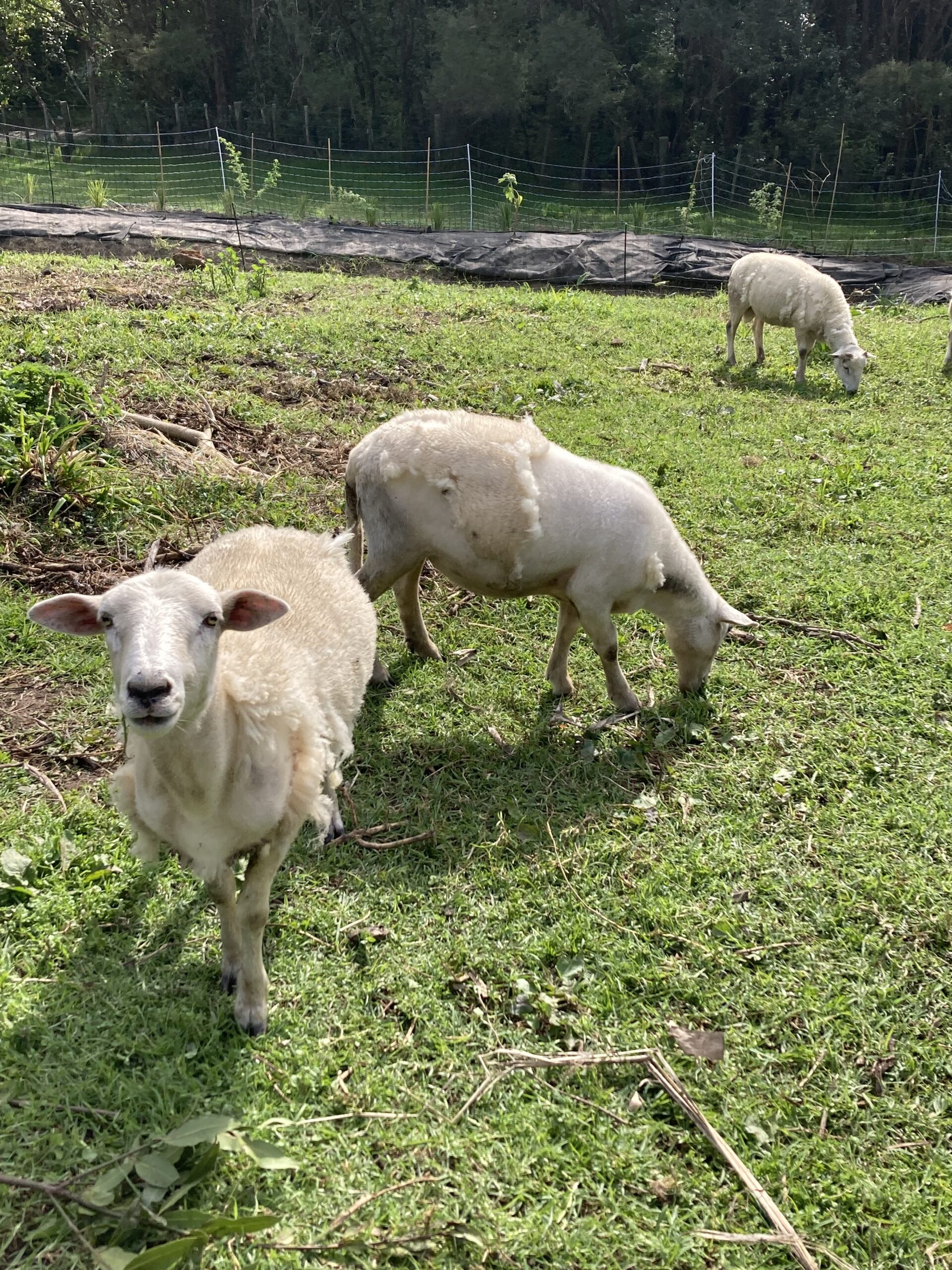
Managed grazing
We manage the rotation of our grazing animals with the aim of ensuring that our pasture is continually in its growth stage, when plants are pumping the most root exudates (carbon) into the soil, to feed soil microbiology.
While there is debate over the current carbon saturation of New Zealand soils, and more research is needed to confidently make claims about their ability to sequester significant amounts of carbon, diverse perennial pasture, managed appropriately, is shown to have many benefits for biodiversity (above and below ground), water cycling, nutrient cycling, pasture growth, and animal health.
We plan to participate in the Soil & Health Association’s Soil4Climate project, measuring soil changes over time under our different food production systems, from a carbon, climate, and wider soil health perspective.
Diversity and integration
Diversity is key to our approach at Kelmarna, providing both diverse teaching and learning opportunities, and resilience in the face of many challenges, whether that is new insect pests, water scarcity, or our changing climate.
Having both sheep and chickens in our farming system supports the diversity of the farm.
Our layer hen project aims to be a truly regenerative model for egg production – using our perennial crops, waste products from our community, and insects we grow on-site to reduce our dependence on industrial feed grain.
We’ll be making our eggs available through a Community Supported Agriculture scheme, which reflects the reality that eggs are a seasonal food, with peaks and troughs during the year.
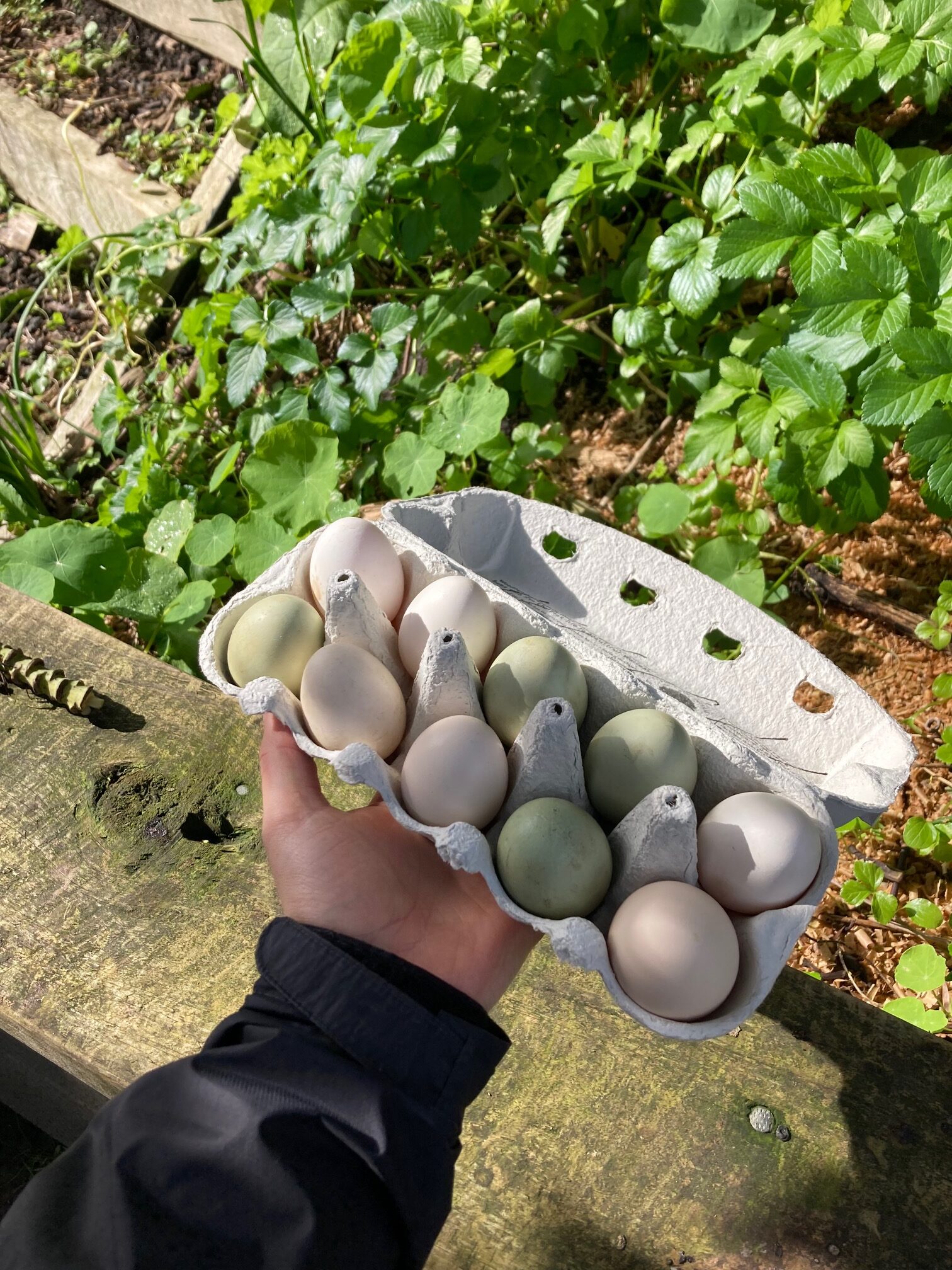
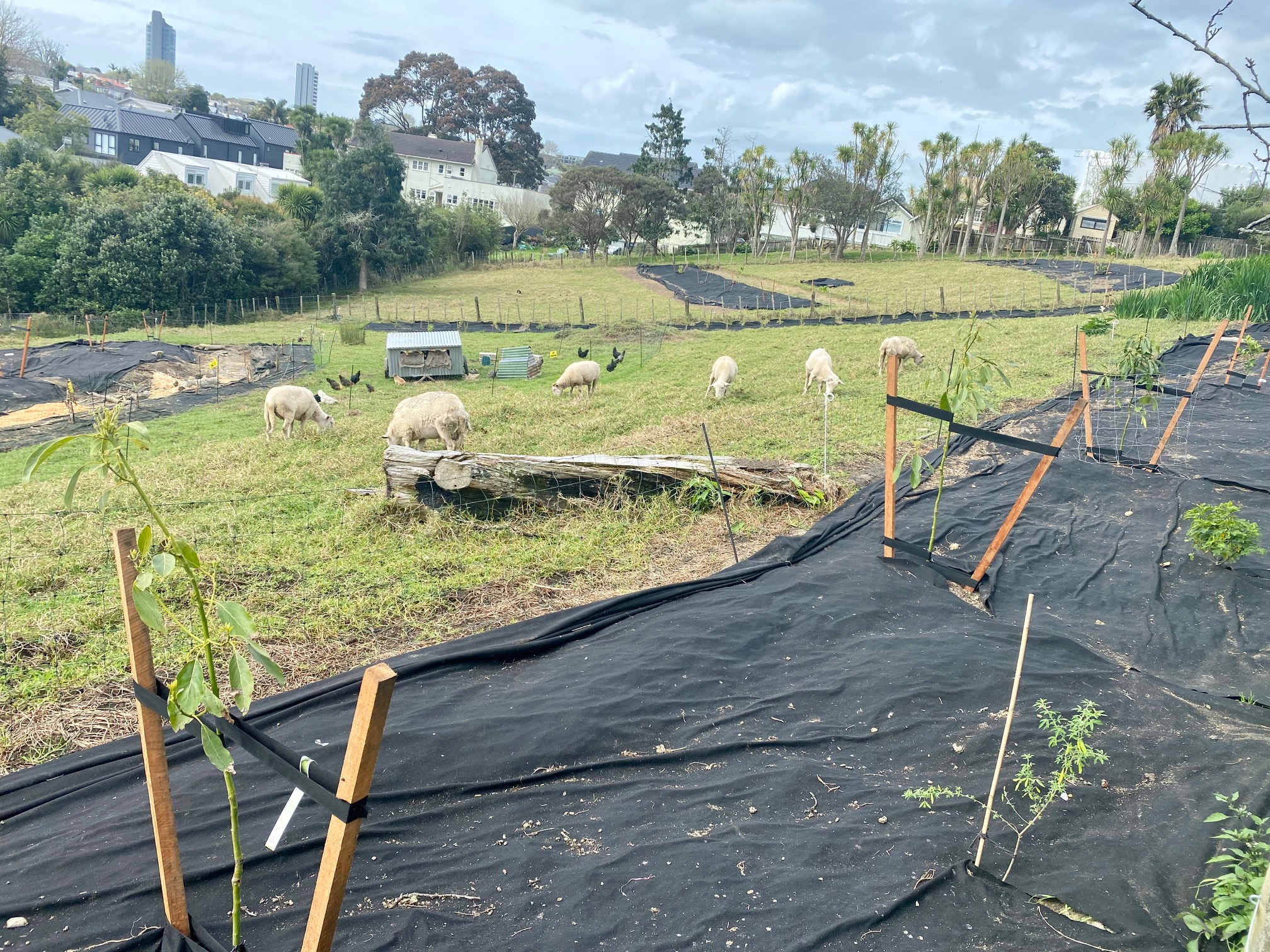
Silvopasture
Silvopasture is a form of agroforestry where grazing animals, pasture, and trees form an integrated system. Historically, many traditional grazing systems around the world have involved silvopasture elements, but over time trees have increasingly disappeared from modern pastures.
More recently, silvopastoral systems have been shown to sequester and store more carbon than any other grass-based system.
Silvopasture systems can provide numerous benefits for animals, with trees providing shade, shelter from wind, and potentially forage (feed), including leaf material containing minerals brought up from the subsoil through their deeper roots. In return, livestock help to fertilise the soils around the trees.
Our plan is to plant multi-strata, multi-species tree lines running through the paddocks, with livestock grazing in the alleys between tree lines, using mobile fencing to create temporary paddocks.
The inclusion of fruit or nut trees, as well as perennial edibles in the understory, will allow us to produce more food from our limited land area.
Through our experimentation, we hope to refine and demonstrate this system in our local context, as approaches like silvopasture will be key to our farming future in Aotearoa.
Direct sales
Direct sale of the meat produced from Kelmarna is an important element of our approach.
The vast majority of meat sold in New Zealand is anonymous, with no indication of where it has come from, the conditions in which the animal lived, or the sustainability of the farm.
By selling directly to our local community, community members are given the opportunity to buy meat that they know has been raised in the best way possible. This transparency of provenance is vital for enabling people to buy food that fits with their values, and allows consumer demand to begin influencing farming as a whole in a positive direction.
